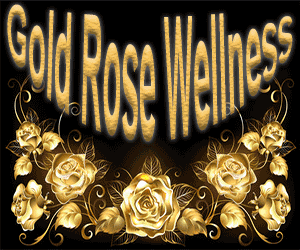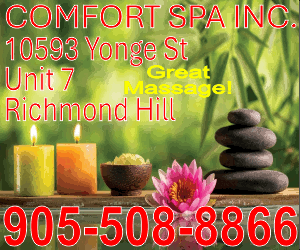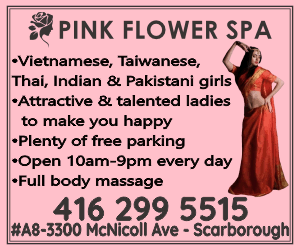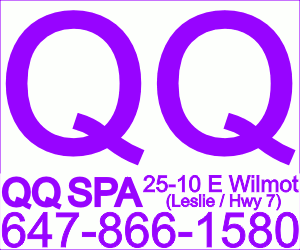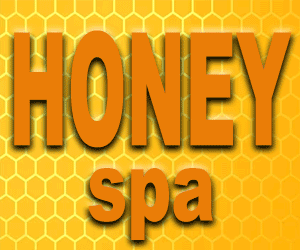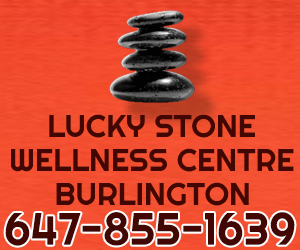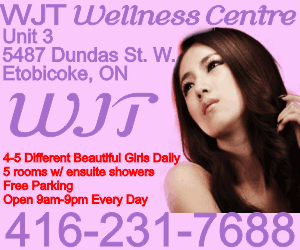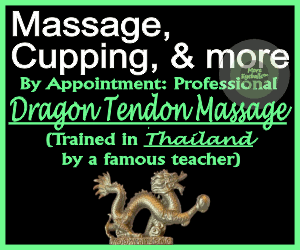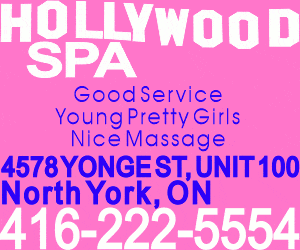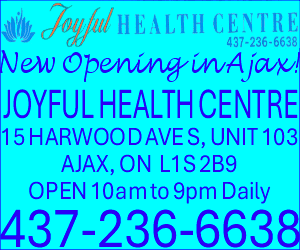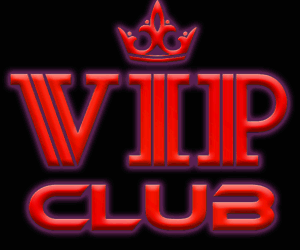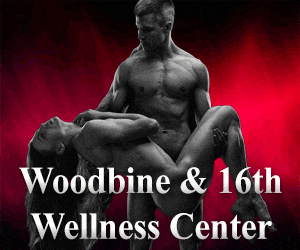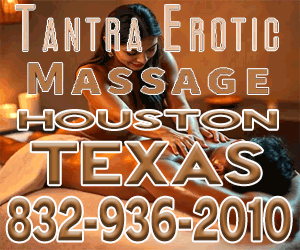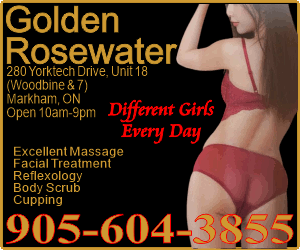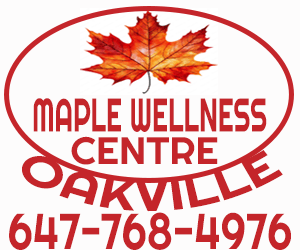C
Christie Aschwanden
Guest

Massage isn’t just for upscale spas that serve cucumber water. For many amateur and professional athletes, it’s an extension of their training program.
Running races frequently feature massage stations, many high-end gyms offer post-workout rub downs and most elite sports teams have a massage therapist on staff. The massage gun market is estimated at over half a billion dollars, according to several market research firms, led by dozens of companies, like Theragun, Ekrin and Mebak. But most exercisers don’t need much convincing.
“If you talk to athletes, massage is one of their favorite recovery strategies,” said Shona Halson, a professor of exercise science at Australian Catholic University. “And we all know why — because it feels good. It’s obviously doing something that athletes perceive as beneficial.”
There is no question that massage can make you feel better in the short term and a lot of people find that it and foam rolling can ease muscle knots and even increase flexibility. And as an athlete, I’ve found that massage almost always makes me feel better after a race or hard workout.
But as a science journalist, I’ve long wondered what it’s actually doing to my body. So I dug into the studies and talked to researchers who have investigated it. Here’s what they said.
What massage does for the body
One of the most common claims about the benefits of massage is that it helps with recovery by improving blood flow and flushing out lactic acid, a chemical once blamed for muscle soreness after hard exercise.
But while this makes for a good story, Dr. Halson said, the evidence “just isn’t there.” First off all, studies long ago exonerated lactic acid as a driver of muscle soreness, and there’s no need to speed up its removal, because your body naturally clears it without help, Dr. Halson said.
Furthermore, anyone who regularly exercises generally has good blood flow already. Techniques for pushing blood out of the extremities mainly matter for people experiencing circulation problems, she said.
Still, the idea that massage helps flush out waste products from the muscles persists, even though it’s a chemical processes — not physical compression — that moves such substances across the cell membrane, said Dr. Martin D. Hoffman, a physician and retired professor of physical medicine and rehabilitation the University of California, Davis.
The reality is that most of the purported physiological benefits of massage aren’t backed by strong evidence. A 2020 meta-analysis of massage’s effect on performance and recovery reviewed 29 (mostly small) studies involving 1,012 participants and found that massage produced no measurable improvements in fatigue or performance, and only modest benefits for muscle soreness and flexibility.
“We just didn’t find a lot of evidence that massage is helpful,” said Timothy Chico, the study’s senior author and a professor of cardiovascular medicine at University of Sheffield in Britain.
However, some benefits of massagemay not be easy to measure. The muscle feels very different to the touch after it’s been treated, Dr. Halson said, suggesting that it might loosen muscle tension.
What massage does for the mind
Experts said the biggest benefit of massage may be psychological.
Dr. Hoffman and his colleagues conducted a randomized controlled trial to test the benefits of massage on 72 runners who had just completed the 2015 Western States Endurance Run, a 100-mile trail race in the Sierra Nevadas. They compared traditional massage from a trained therapist to pneumatic compression boots — which squeeze and knead muscles in the feet and legs. They found that both types of massage eased muscle pain and fatigue right away, but that the effect was temporary.
Similarly, a 2020 review of sports massage research didn’t find any physiological benefits from massage.
There may be something neurological at play, according to a few small studies, at least when it comes to massage guns. Vibration to the skin is known to reduce pain in some contexts. Exactly how this works is still being investigated, but one small study pointed to interactions between two regions of the brain involved in coding pain and touch a possible explanation.
Experts say that one of the biggest benefits of massage may be that it helps reduce stress and tension. Although it hasn’t been the focus of many studies, massage can clearly help people relax and release the mental and life stresses that can cause fatigue and impair physical recovery, Dr. Halson said.
“For some athletes, massage is a time to debrief and unload,” she said.
The bottom line
“Massage is not magic,” said Tim Roberts, vice president of science and innovation at Therabody, which makes massage guns and compression boots. “Massage guns are not some secret way to improve your recovery.” Instead, he said, they work with your body to enhance what it is already doing.
His point resonated with me. While researching a book about exercise recovery, I tried dozens of post-workout tricks and found that most simply helped you relax or feel like you were doing something while your body healed itself. But that doesn’t mean they aren’t worthwhile.
Even knowing that the physical benefits of massage are highly uncertain, it’s still my favorite way to recover — not because I think it will squeeze out toxins, but because it feels really good and helps me unwind.
That’s probably why many athletes find it worthwhile, Dr. Halson said. When it comes to recovery, feeling better can counts as a win.




















